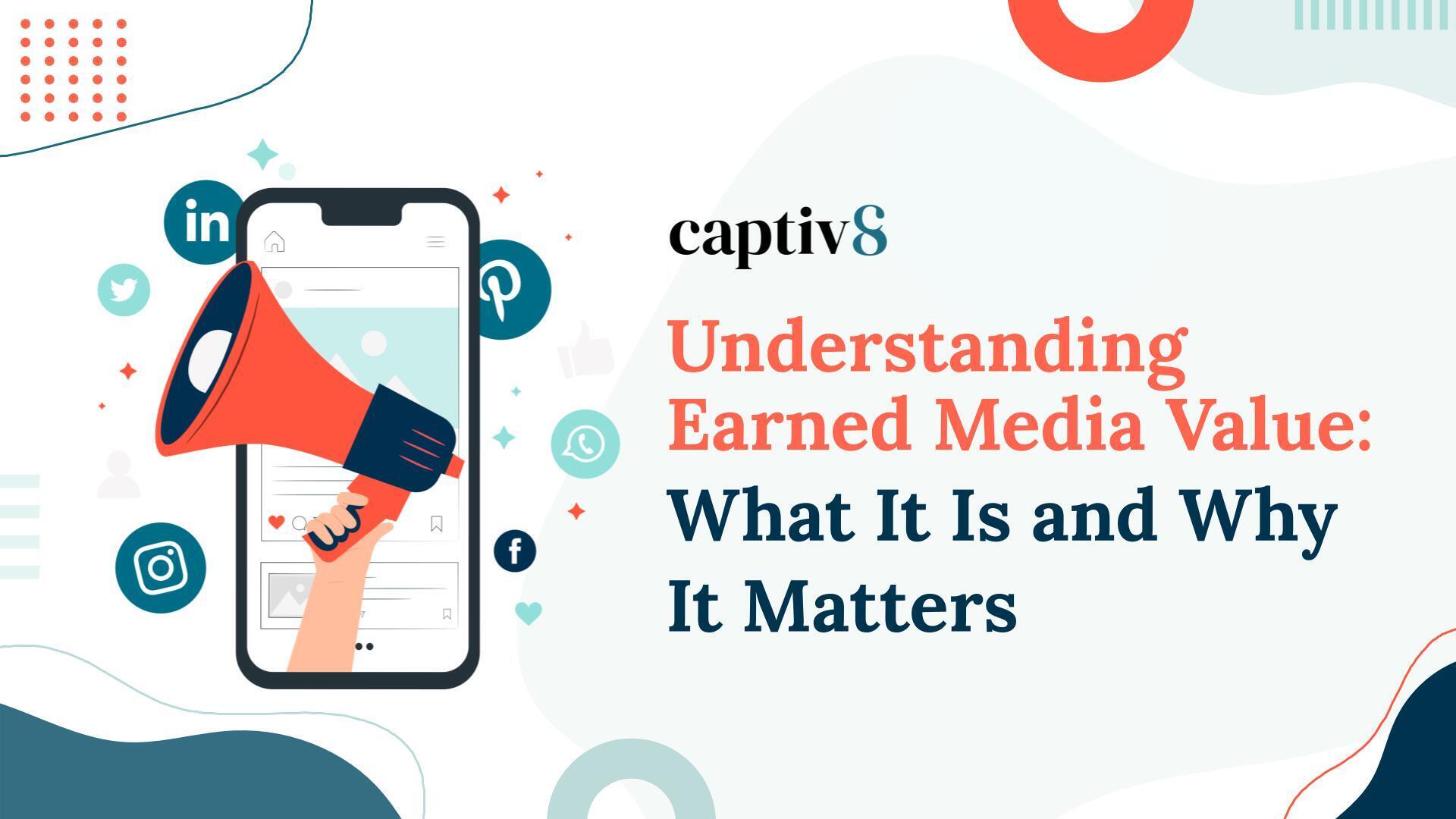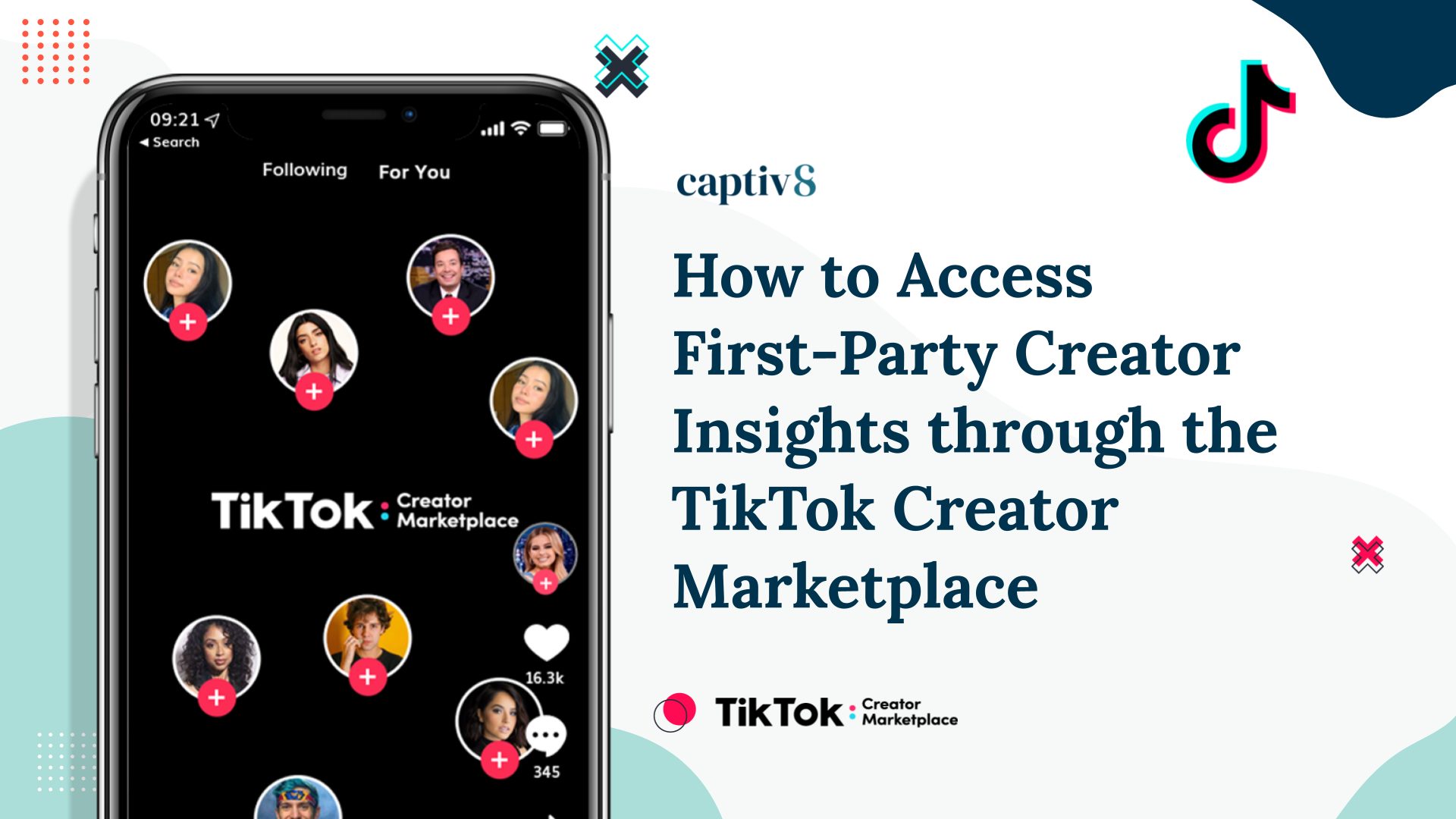3 Underrated Influencer Metrics

If you have ran an Influencer Marketing campaign, chances are you are familiar with Influencer Metrics. Traditional Influencer Metrics when deciding which creator to partner with include vanity measures such as standard audience insights (what the gender of an Influencers audiences is or where followers are located, etc.) or follower counts which are all taken into account when creating branded content. Sophisticated branded content comes from a standout Influencer-brand partnership – making choosing the right partner even more important.
This means that as Influencer Marketing grows, it’s important to make sure that each partnership counts and that we are going beyond simple vanity metrics when choosing an Influencer to partner with. To help with this, here are three underrated Influencer Metrics that can help make choosing your next partner a success:
Brand Affinity: Brand Affinity is often times viewed at as an authenticity score. Brand Affinity is a way to use social listening to see how frequently an Influencer is mentioning a specific brand (or competitor). Doing homework on which Influencers already love and organically mention your brand, can help create a relatable and highly authentic branded campaign. Brand Affinity also provides information on Influencer-brand partnerships, as the score will ultimately reflect how often the Influencer brings up a brand name. For example, Kylie Jenner has a high Brand Affinity for Ulta, possibly due to her Lipkits being sold in-store.
Brand Safety: Brand Safety is a crucial Influencer Metric that often gets overlooked. When working with an Influencer, access to brand safety analytics can make or break a potential partnership. Ultimately, a brand should feel as if the Influencers interests and personality reflect a similar vibe as the brand itself, and that the Influencers online behavior would not appear detrimental to the brands reputation. Brand Safety involves a tactics such as ensuring proper background check of Influencers and analyzing any specific keywords within captions and text that the brand may feel is adverse to their brand. An additional component along the lines of Brand Safety has to do with Verified Reporting. Verified Reporting involves making sure an Influencer has an audience comprised of real followers and has actual engagement. This allows brand marketers to feel at ease, knowing they have partnered with an appropriate Influencer.
Post Engagement: Influencer Metrics will always track social engagement (likes, shares, comments, mentions, or other interactions received on content). However, being able to view specifics such as 24 hour engagement of a live branded post is a game-changer. Influencer content will receive the highest organic engagement and visibility within those peak first 24 hours after content is published. This can give you insight as to what type of power an Influencer exerts over their audience with their content. Are followers commenting in excitement? Is content exciting enough to garner multiple reposts? Brand Affinity also comes in to play here – when viewing previous branded content examples, check out the sentiment analysis to see how content has truly resonated with followers.
Would you like to learn more about Influencer Metrics? Reach out and let’s chat about social data.



